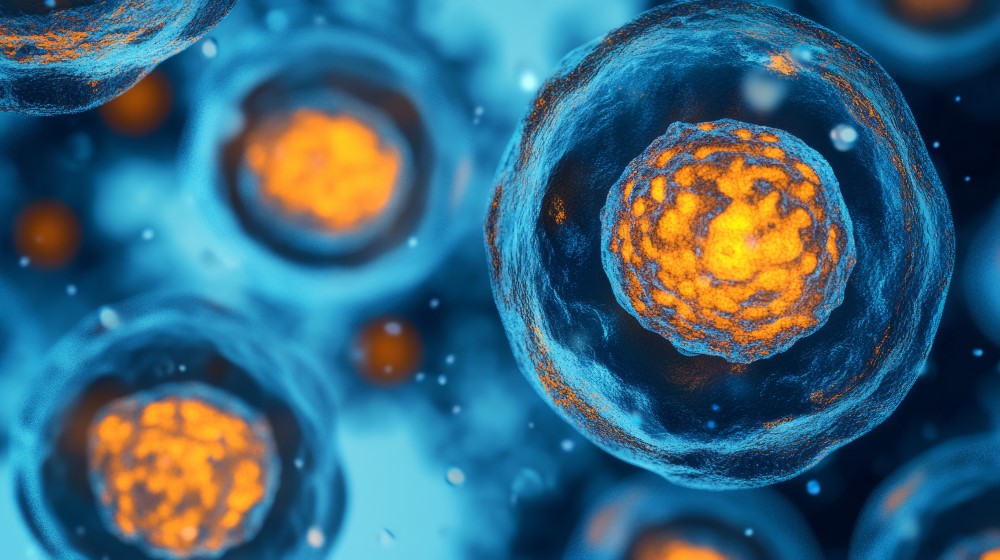Induced Pluripotent Stem Cells and Their Implications in Cardiac Medicine

Stem cells have revolutionized modern medicine, offering new pathways for understanding, treating, and preventing diseases. Among the types of stem cells, induced pluripotent stem cells (iPSCs) have become particularly noteworthy for their vast potential, especially in cardiac medicine.
By unlocking the regenerative capabilities of induced pluripotent stem cells (iPSCs), researchers are making strides in cardiovascular treatment, drug discovery, and personalized medicine.
What Are Induced Pluripotent Stem Cells for Cardiac Treatment?
Induced pluripotent stem cells are adult cells reprogrammed to an embryonic-like state by introducing specific genes. This process allows these cells to differentiate into virtually any cell type, including heart cells.
In cardiac treatment, iPSCs are particularly promising because they can regenerate damaged heart tissue. Heart diseases, including myocardial infarctions, often result in permanent damage. iPSCs offer a solution by providing a renewable source of heart cells for repair and regeneration.
How Can Induced Pluripotent Stem Cells Be Used in Medicine?
The versatility of Induced pluripotent stem cells (iPSCs) extends beyond cardiac applications, positioning them as a cornerstone of regenerative medicine. Some of their primary uses include:
Cell Replacement Therapy
iPSCs can differentiate into various specialized cells, enabling the replacement of damaged or diseased tissues. In cardiac medicine, iPSC-derived cardiomyocytes are being studied to restore heart function after injury.
Personalized Medicine
Because iPSCs can be created from a patient’s cells, they hold the potential for tailored treatments. Patient-derived iPSCs can test drug responses or predict adverse effects, ensuring safer and more effective therapies.
Disease Modeling
iPSCs allow researchers to create models of specific diseases by differentiating them into the affected cell types. In cardiac research, iPSC-derived heart cells study genetic conditions like hypertrophic cardiomyopathy or arrhythmias in a controlled lab environment.
Tissue Engineering
Scientists are working on creating entire organs or tissue patches using iPSCs. For cardiac patients, this could mean bioengineered heart tissue for transplantation or repair.
What Are iPSCs in Cardiovascular Drug Discovery?
One of the most transformative applications of iPSCs in cardiac medicine is in cardiovascular drug discovery. Developing new drugs is often slow and expensive, with many potential treatments failing in late-stage trials due to side effects or inefficacy. iPSCs are changing this paradigm in several ways:
High-Throughput Screening
iPSCs enable researchers to generate large quantities of human cardiomyocytes for testing. This allows scientists to screen thousands of compounds quickly and efficiently, identifying promising drug candidates.
Modeling Genetic Variations
Patient-specific iPSCs can be used to study how genetic differences influence drug responses. For example, cardiomyocytes derived from iPSCs of individuals with specific cardiac disorders help identify how these cells react to various treatments.
Predicting Toxicity
Drug-induced cardiac toxicity is a primary concern in pharmaceutical development. iPSC-derived cardiomyocytes provide a reliable platform for testing the safety of new compounds and identifying potential risks.
How Are Stem Cells Used to Treat Cardiovascular Diseases?
Cardiovascular diseases (CVDs) remain the leading cause of death worldwide, and current treatments often manage symptoms rather than addressing the underlying damage. Stem cells, particularly iPSCs, are redefining this landscape by offering new therapeutic avenues.
1. Regenerating Damaged Heart Tissue
The damaged myocardium cannot regenerate effectively following a heart attack. iPSC-derived cardiomyocytes are being investigated to repopulate and repair this damaged tissue. Early clinical trials have shown promise, with iPSC therapies improving heart function.
2. Developing Bioengineered Heart Patches
Scientists are creating tissue patches composed of iPSC-derived cardiomyocytes and supportive cells. These patches can be applied to damaged areas of the heart, improving its contractility and function.
3. Treating Arrhythmias
Arrhythmias, or irregular heart rhythms, are another area where iPSCs are making an impact. Researchers are developing therapies to replace damaged pacemaker cells with iPSC-derived alternatives.
4. Studying and Treating Congenital Heart Diseases
For congenital heart defects, iPSCs provide insights into the developmental processes that go awry. They also offer a platform to test and develop new therapies tailored to these conditions.
The Road Ahead
Despite their vast potential, challenges remain in harnessing the full power of iPSCs for cardiac medicine. Issues such as ensuring the safety and stability of iPSC-derived cells, avoiding tumor formation, and optimizing delivery methods are active research areas. The progress made so far underscores the transformative role of stem cells in modern medicine.
Integrating induced pluripotent stem cells (iPSCs) into clinical practice will likely expand as technologies improve, offering hope to millions affected by cardiovascular diseases. For those seeking the forefront of innovative treatment options, stem cells, particularly iPSCs, represent a leap forward in how we understand and treat heart conditions.


